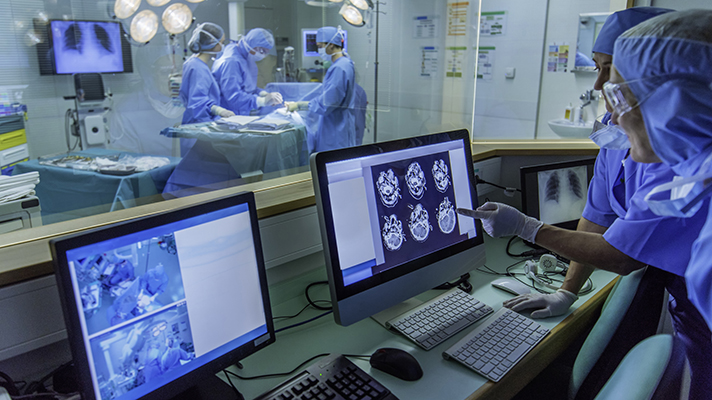In the intricate web of healthcare, where patient care stands as the cornerstone, hospitals continuously evolve to meet the demands of modern medicine. Among the numerous elements contributing to this transformation, the role of installations within hospital spaces remains paramount. From advanced technology to patient-centric designs, Formation fluides médicaux have undergone a remarkable shift, redefining healthcare environments.
Technology Integration: Powering Precision and Efficiency
In today’s healthcare landscape, technology is the heartbeat of every hospital. From state-of-the-art diagnostic machines to cutting-edge treatment tools, installations have become synonymous with technological advancement. MRI machines, CT scanners, and robotic surgical equipment are just a few examples of installations that have revolutionized patient care, enabling accurate diagnoses and minimally invasive procedures.
Moreover, the integration of electronic health records (EHR) systems has streamlined communication among healthcare providers, ensuring a seamless flow of information and improving patient outcomes. Smart systems for inventory management and medication dispensing further optimize hospital operations, reducing errors and enhancing efficiency.
Patient-Centric Designs: Fostering Healing Environments
Installations within hospitals are not limited to technological marvels; they also encompass the design and layout of healthcare spaces. A paradigm shift has occurred in hospital architecture and interior design, focusing on creating healing environments conducive to patient well-being.
Natural light, soothing color schemes, and strategically placed green spaces are meticulously integrated to promote a sense of calm and aid in the healing process. Additionally, installations such as noise reduction systems, adjustable temperature controls, and ergonomic furniture contribute to enhancing patient comfort and experience during their stay.
Sustainability Initiatives: Redefining Healthcare Responsibility
The contemporary ethos of healthcare emphasizes sustainability, and installations play a pivotal role in aligning hospitals with environmentally friendly practices. Energy-efficient lighting, water-saving fixtures, and eco-friendly building materials are incorporated into hospital designs, reducing the environmental footprint while ensuring optimal functionality.
Furthermore, renewable energy sources like solar panels and initiatives to reduce medical waste through recycling programs exemplify the commitment of hospitals towards sustainable practices, contributing to a healthier planet while delivering quality patient care.
Challenges and Future Prospects
Despite the remarkable advancements, challenges persist in the realm of hospital installations. Upgrading existing infrastructures, maintaining the delicate balance between technology and human touch, and ensuring cost-effectiveness remain ongoing challenges for healthcare facilities worldwide.
Looking ahead, the future of installations in hospitals holds promise. Advancements in telemedicine, the integration of artificial intelligence (AI) in diagnostics, and the development of smart hospital ecosystems are poised to revolutionize healthcare delivery. These innovations will demand a dynamic approach to installations, emphasizing adaptability and scalability to meet evolving healthcare needs.
Conclusion
Installations in hospitals constitute the backbone of modern healthcare, shaping the patient experience, optimizing clinical workflows, and aligning healthcare facilities with contemporary trends.
